Latest AI Industry Trends and Information in 2025
Track global AI industry development, technological breakthroughs, and industry trends
OpenAI has launched GPT-5.2, its most capable AI model designed for professional knowledge work, featuring three distinct tiers and significant improvements in reasoning, coding, and long-context understanding. The release follows competitive pressure from Google's Gemini and comes with premium API pricing reflecting advanced capabilities.
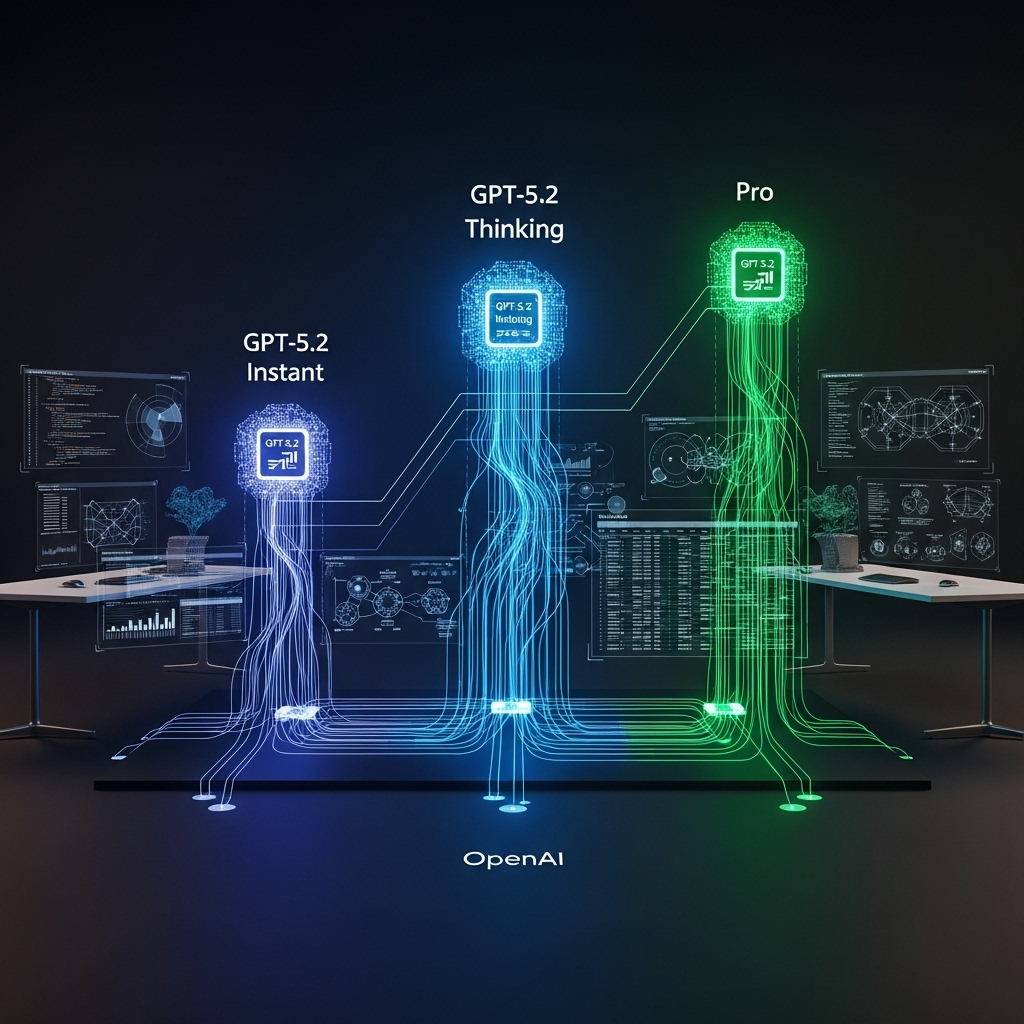
The European Commission has launched an antitrust investigation examining whether Google violated EU competition rules by using content from web publishers and YouTube for its AI features without proper compensation or allowing opt-outs. The probe targets Google's AI Overviews and AI Mode services, investigating potential unfair advantages over rival AI developers.

Meta has established commercial AI data agreements with multiple news publishers including CNN, Fox News, USA Today, Le Monde, and others. These multi-year deals will enable Meta AI to provide real-time news responses with article links, marking a strategic reversal from Meta's 2022 decision to stop compensating publishers. The partnerships aim to enhance Meta AI's capabilities amid intensifying competition from OpenAI, Google, and Perplexity.

NVIDIA Research has launched ToolOrchestra, a revolutionary framework featuring Orchestrator-8B, an 8-billion-parameter model that intelligently coordinates multiple AI tools and models. Released in November 2025, this system outperforms GPT-5 on major benchmarks while consuming only 30% of the cost and operating 2.5 times faster. The framework uses reinforcement learning to optimize for accuracy, cost, and user preferences, demonstrating that small orchestrators can achieve superior results by intelligently delegating tasks across specialized models and tools rather than relying on monolithic systems.

Anthropic has retained Wilson Sonsini to prepare for an IPO potentially occurring in 2026, with private funding discussions valuing the Claude AI creator at over $300 billion. The company projects revenue growth to $26 billion next year, serving 300,000+ business customers while competing directly with OpenAI in the race to public markets.

Runway has released Gen-4.5, a cutting-edge AI video generation model that has secured the number one position on the Artificial Analysis Video Arena leaderboard with an Elo score of 1,247. The model surpasses both Google's Veo 3 and OpenAI's Sora 2 Pro, demonstrating superior prompt adherence, motion quality, and physical simulation accuracy. Developed by a team of approximately 100 employees, Gen-4.5 showcases exceptional capabilities in understanding complex movements, realistic physics, and temporal consistency while maintaining cost efficiency and speed.
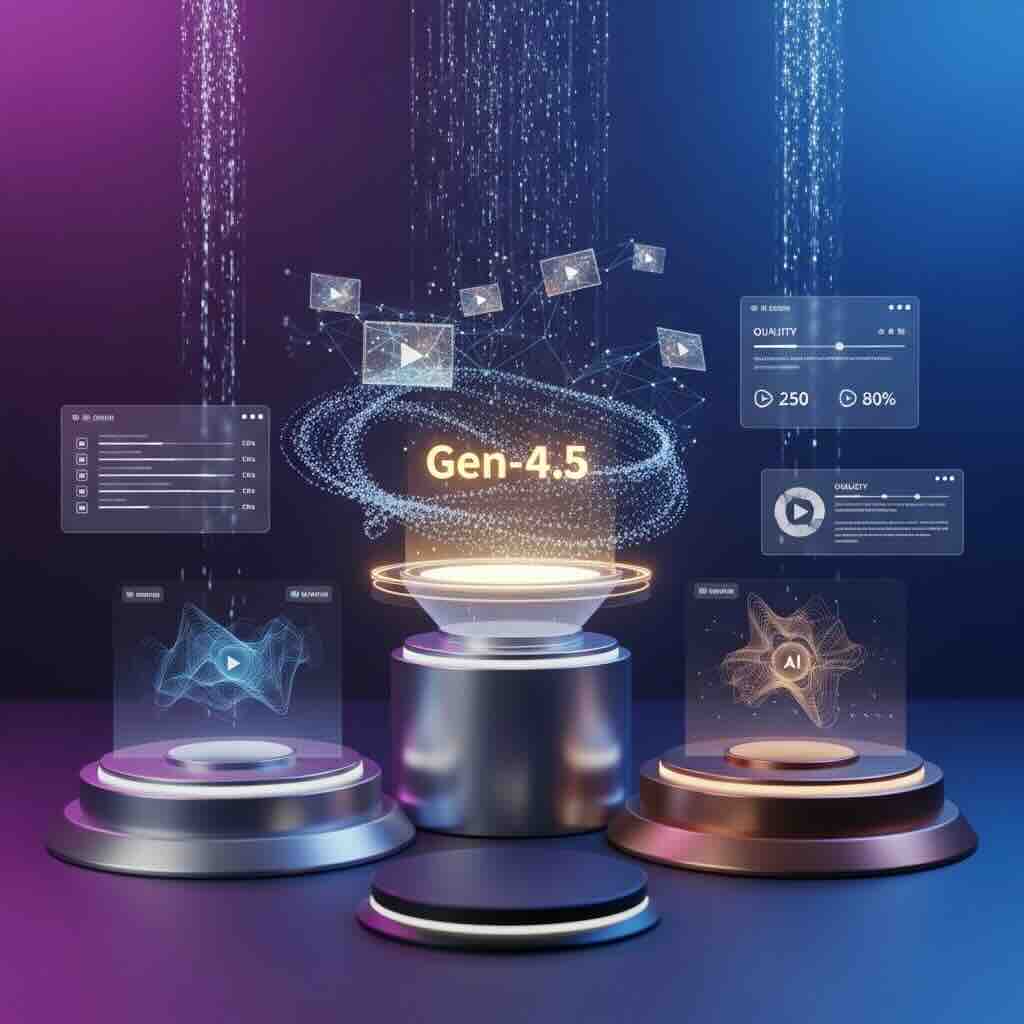
Apple's senior vice president for Machine Learning and AI Strategy, John Giannandrea, is stepping down and will retire in spring 2026 following challenges in delivering the company's promised AI features, particularly the delayed Siri upgrade. Former Microsoft and Google AI researcher Amar Subramanya will take over as vice president of AI, reporting to Craig Federighi, as Apple reorganizes its AI teams to accelerate development and compete with industry leaders.
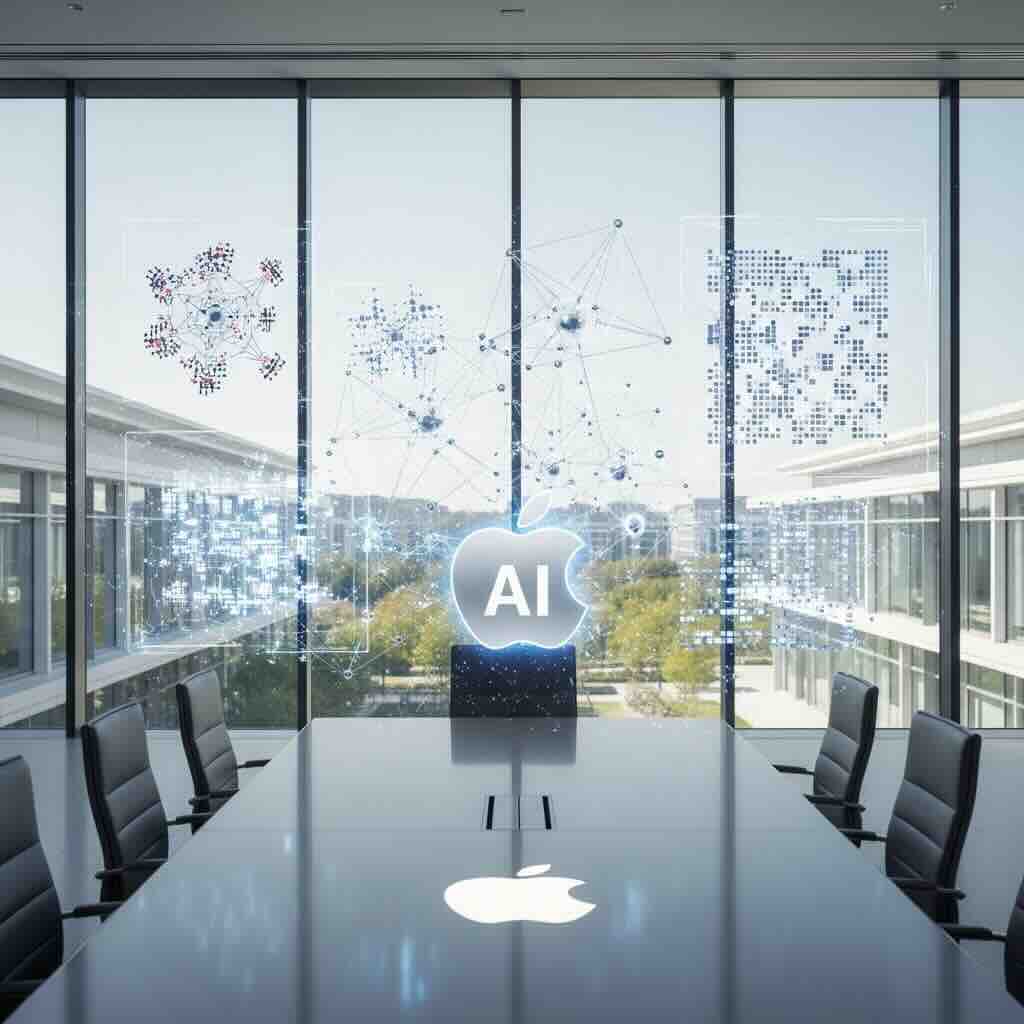
Chinese AI startup DeepSeek has released Math-V2, a 685-billion parameter open-source model achieving 118/120 on Putnam 2024 and gold-medal performance on IMO 2025 and CMO 2024. The model introduces a novel verifier-first architecture with meta-verification capabilities, surpassing the best human Putnam score and competing with GPT-5 while being released under Apache 2.0 license at significantly lower operational costs.

Meta Platforms is in deep negotiations with Google to purchase billions of dollars worth of AI chips, planning to deploy TPU chips in data centers by 2027. This move has triggered significant market volatility, with Nvidia's stock falling by 4.3% and Alphabet's stock rising by 4.2%, potentially surpassing a $4 trillion market cap. The agreement marks a proactive effort by the tech industry to break Nvidia's chip monopoly, while also showcasing Google TPU's transformation from an internal tool to a commercial product. Analysts believe that if the deal is finalized, Google could gain a market share equivalent to 10% of Nvidia's annual revenue, fundamentally altering the AI chip competitive landscape.
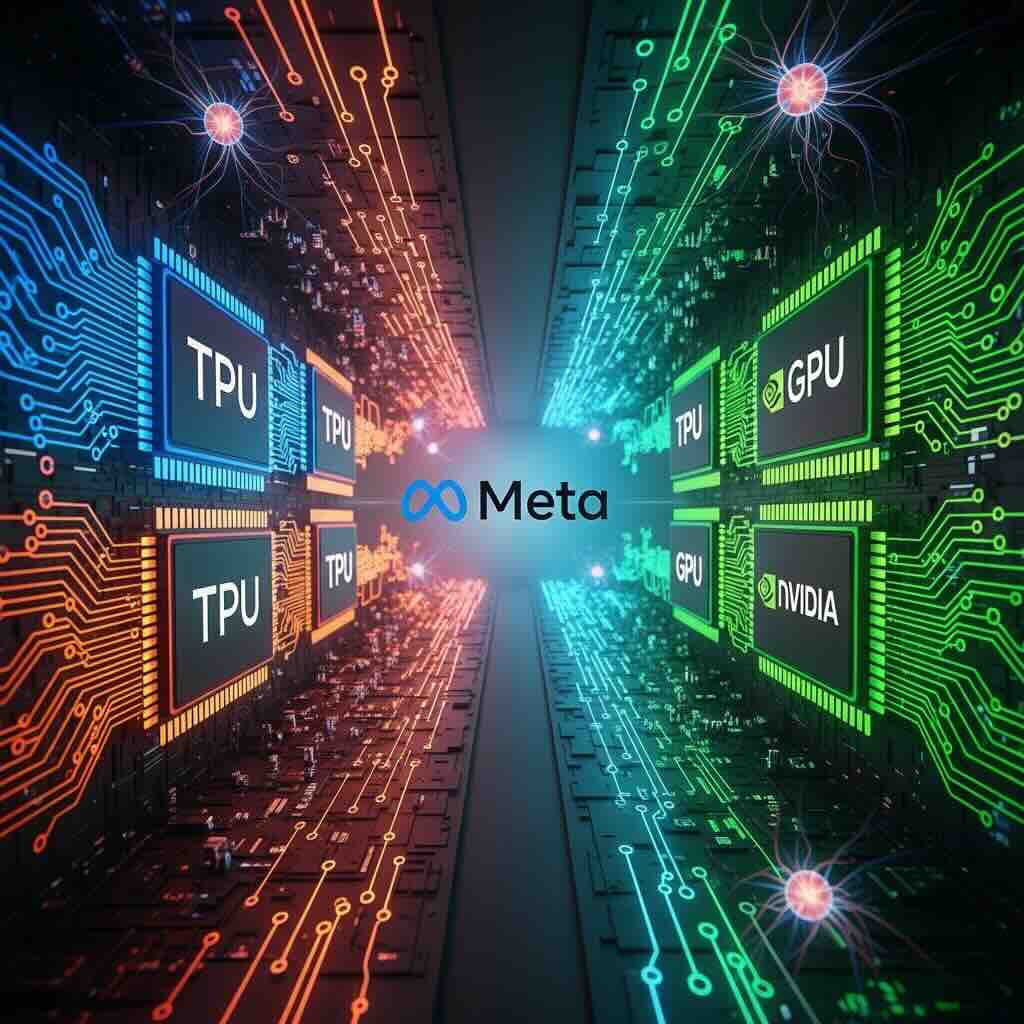
Anthropic released Claude Opus 4.5 on November 24, 2025, its most powerful AI model, achieving breakthroughs in code generation, reasoning ability, and complex task processing. The model achieved an 80.9% accuracy rate in the SWE-bench Verified benchmark, surpassing OpenAI GPT-5.1 and Google Gemini 3, becoming the first model to break the 80% barrier. The price has been significantly reduced from the previous generation's $15/75 to $5/25 per million tokens, a decrease of 67%. In Anthropic's internal performance engineer recruitment test, Opus 4.5 scored higher than all historical human candidates. The model is equipped with a 200,000 token context window, knowledge cutoff date of March 2025, and demonstrates excellent resistance to prompt injection attacks. Simultaneously launched product updates include Claude Code for desktop, Chrome extension, and Excel integration, supporting parallel agent workflows. Anthropic's valuation has reached $350 billion, with annualized revenue of $2 billion, marking a new stage in AI industry competition.
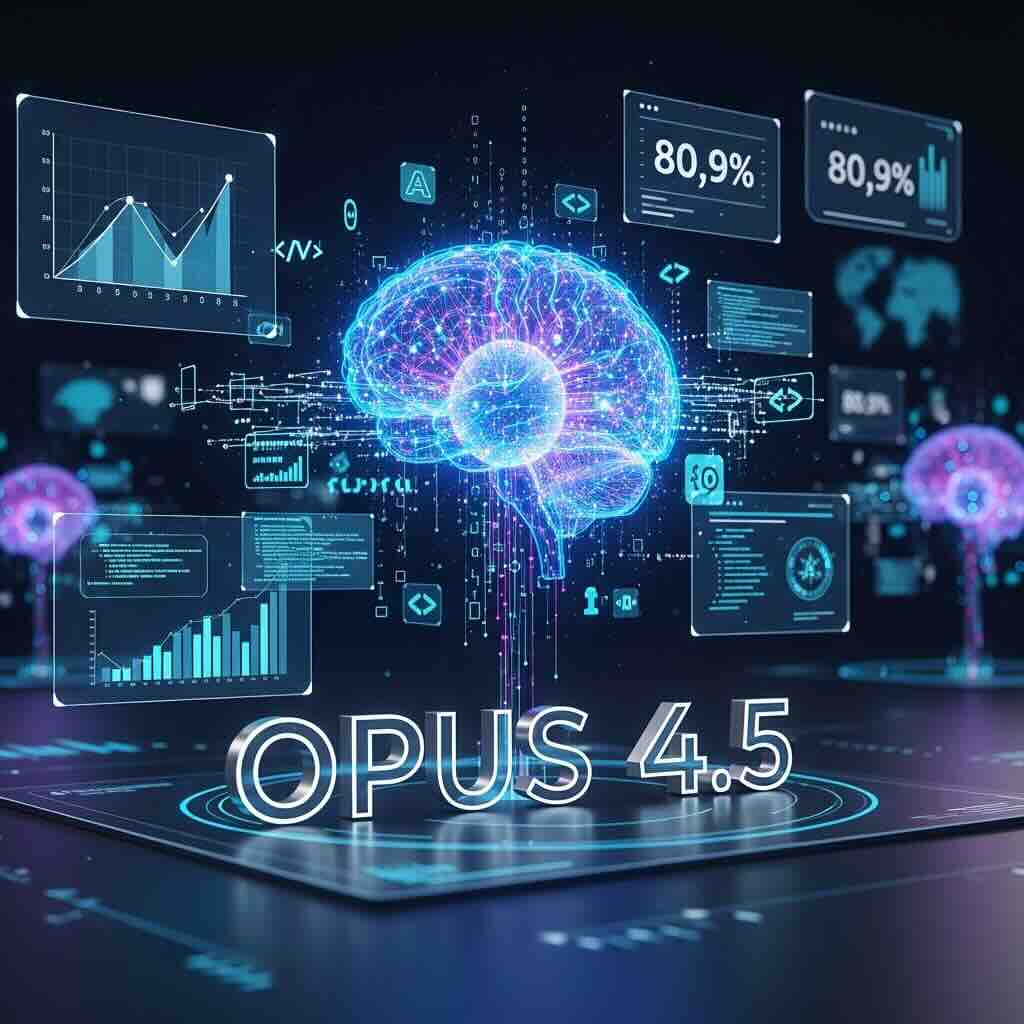
Google released Nano Banana Pro on November 20, 2025 (EST), built on Gemini 3 Pro. The model achieves breakthroughs in text rendering, multi-element blending, and creative control, supporting clear multilingual text generation and blending up to 14 image elements while maintaining consistency across 5 people. Now available on Gemini app, Google Ads, Workspace and other platforms, with limited quotas for free users and higher limits for subscribers. All generated images embed SynthID watermarks for identification.

After U.S. market close on November 19, 2025, Nvidia released its fiscal Q3 2026 earnings report, revealing $57.01 billion in revenue—exceeding the market expectation of $54.92 billion—and a 65% year-over-year increase. Adjusted earnings per share came in at $1.30, above the expected $1.25. Data center revenue reached $51.2 billion, up 66% year-over-year. The company projected approximately $65 billion in Q4 revenue, also surpassing analyst forecasts. CEO Jensen Huang stated that Blackwell chip sales are exceptionally strong, cloud GPUs have sold out, and he directly refuted claims of an AI bubble. Following the earnings release, Nvidia's stock rose over 4% in after-hours trading. Huang emphasized that the company holds $500 billion worth of orders, underscoring sustained robust demand for AI.
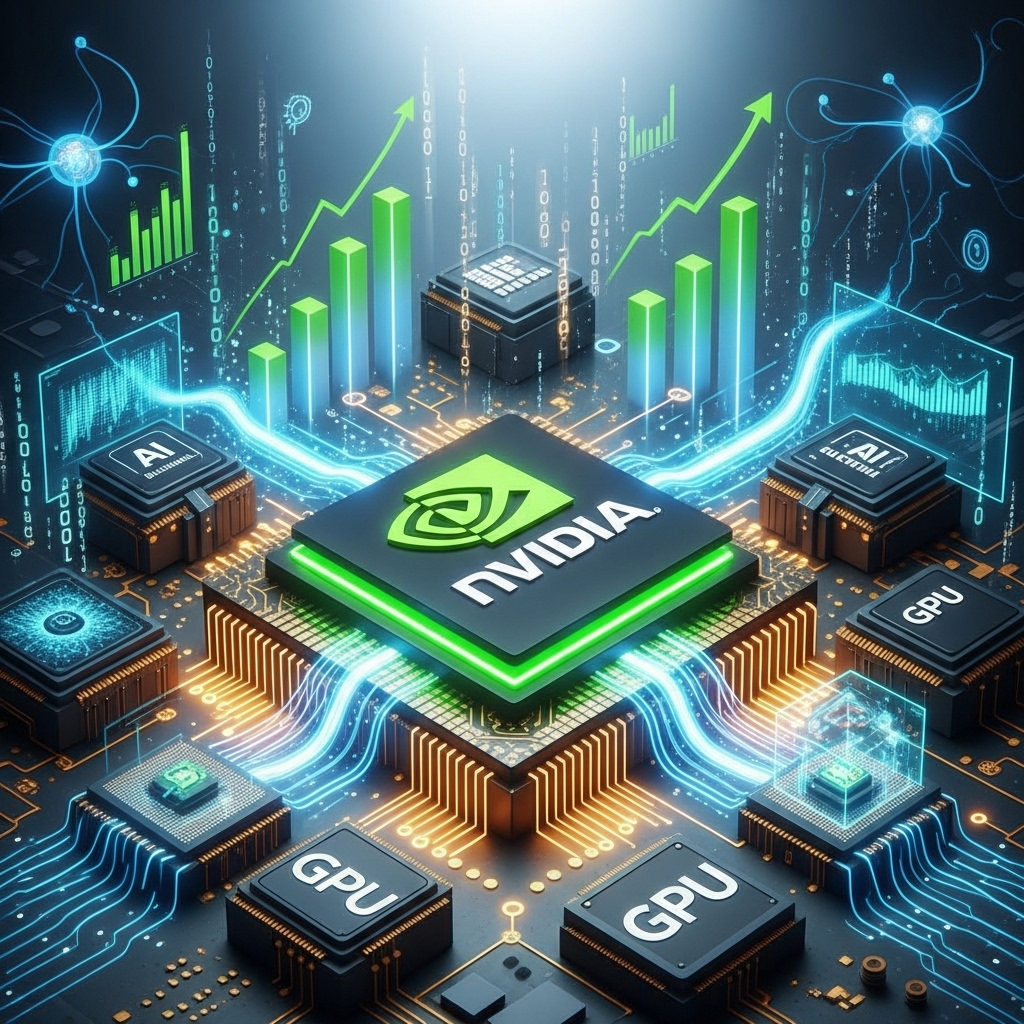
On November 18, 2025, Microsoft and Nvidia announced a joint investment of up to $15 billion in AI startup Anthropic, with Nvidia contributing $10 billion and Microsoft investing $5 billion. As part of the deal, Anthropic has committed to purchasing $30 billion of Azure cloud computing capacity and will expand its Claude AI models on Microsoft Azure. This investment has pushed Anthropic’s valuation to approximately $350 billion, making it one of the world’s most valuable companies. The move marks Nvidia’s first deep technical collaboration with Anthropic, as the three companies will jointly optimize AI model performance and infrastructure.
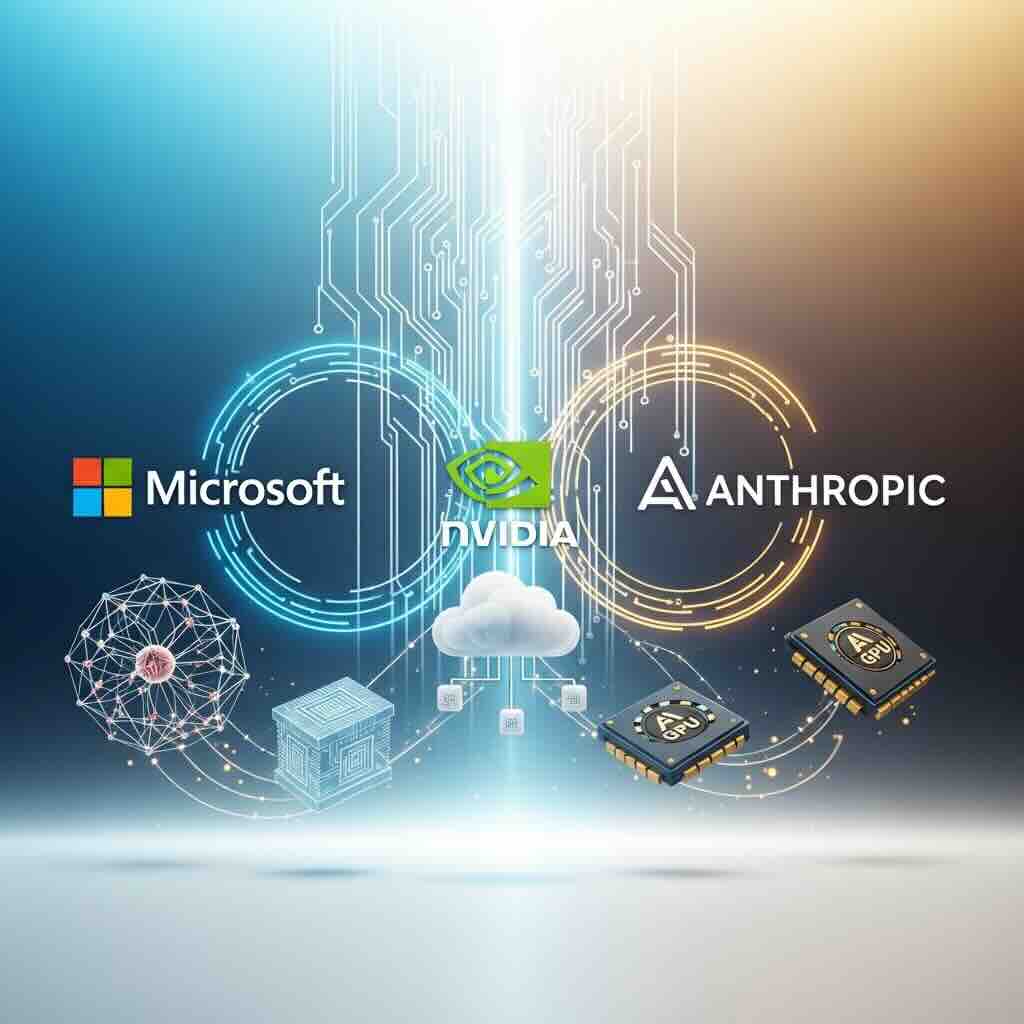
On November 18, 2025 (Eastern Time), Google launched the Gemini 3 series of AI models, including Gemini 3 Pro and the upcoming enhanced Deep Think version. The model set new records across multiple benchmarks, scoring 37.4% on Humanity's Last Exam—surpassing all competitors. Google also introduced the Antigravity intelligent development platform and, for the first time, integrated the new model directly into Google Search on its launch day. The Gemini app now boasts 650 million monthly active users and is utilized by 13 million developers.
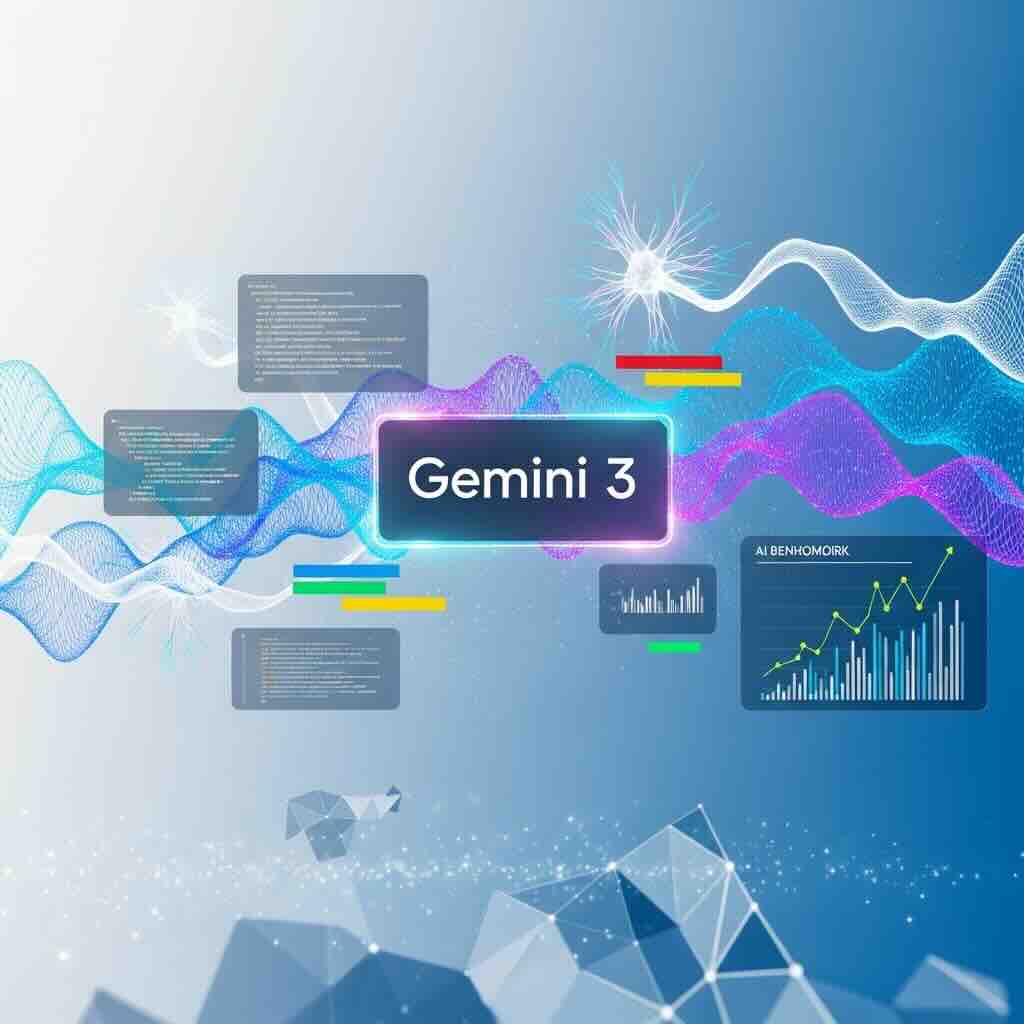
On November 14, 2025, Google announced a $40 billion investment in Texas to construct three artificial intelligence data centers, with the project running through 2027. This represents Google's largest investment ever in any single U.S. state, expected to generate thousands of jobs and include accompanying solar energy storage facilities. The move underscores intensifying competition among tech giants in AI infrastructure development.

On November 13, 2025, Google DeepMind introduced SIMA 2, an AI agent powered by Gemini 2.5 capable of complex reasoning, multimodal dialogue, and self-improving learning in 3D virtual environments. Compared to its predecessor, SIMA 2 achieves significantly higher task completion rates, operates effectively in previously untrained game environments, and interacts with entirely new worlds generated by Genie 3. This technology not only validates the feasibility of general-purpose embodied intelligence but also paves the way for future robotic systems, marking a pivotal shift from specialized AI toward general-purpose agents.

OpenAI has launched the GPT-5.1 model, featuring two variants—Instant and Thinking—and introducing innovative capabilities such as adaptive reasoning and personalized tone control. The new version shows significant improvements in math and coding benchmarks, runs 2–3 times faster, and reduces token usage costs. This update aims to address competitive pressure from rivals like Claude and Gemini, refocusing on user experience and rebuilding enterprise confidence.

Japanese tech giant SoftBank sold all of its NVIDIA shares in October 2025, raising $5.83 billion to finance investments in AI projects including OpenAI. This exit marks SoftBank's second complete divestment from NVIDIA, reflecting a strategic shift toward prioritizing artificial intelligence software investments.
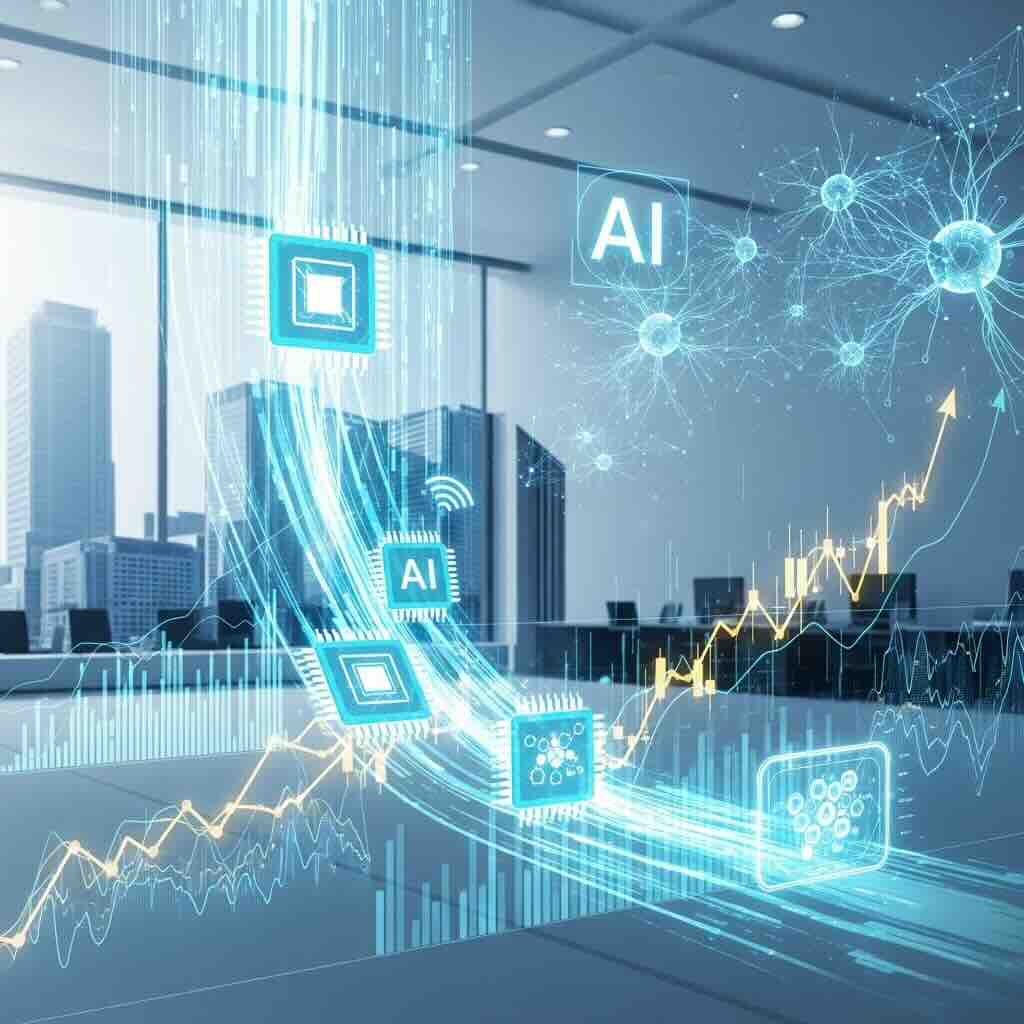
On November 9, during an event hosted by TSMC in Taiwan, NVIDIA CEO Jensen Huang stated that the company is seeing robust demand for its Blackwell chips and has requested TSMC to increase wafer supply. Huang emphasized that NVIDIA produces not only GPUs but also CPUs, networking equipment, and other types of chips. TSMC CEO C.C. Wei confirmed receiving the request for increased wafer production but declined to disclose specific quantities. Huang praised TSMC’s support, calling it a source of global pride. NVIDIA became the world’s first company to reach a $5 trillion market capitalization in October. Regarding memory components, Huang noted that SK Hynix, Samsung, and Micron have all expanded capacity to support NVIDIA. He also confirmed there are currently no discussions about selling Blackwell chips to China, in compliance with U.S. export restrictions.

Professor David Baker's team at the University of Washington published a revolutionary research result in the journal Nature, achieving the world's first de novo design of atomic-level precision antibody molecules through the RFdiffusion artificial intelligence network. The study successfully designed antibodies targeting multiple disease targets such as influenza virus, Clostridium difficile toxin, and COVID-19 virus. Cryo-EM verified structural accuracy of 0.2-1.1 Angstroms. This technology breaks through the limitations of traditional antibody development relying on animal immunization and random screening, shortens the design cycle to several weeks, and is expected to reshape the global $445 billion antibody therapy market. All design software has been open-sourced on GitHub, accelerating global drug innovation. This is another milestone achievement for Baker after winning the 2024 Nobel Prize in Chemistry.

Google has officially launched Project Suncatcher, a research initiative aiming to place TPU chips on solar-powered satellites to establish an AI data center in space. The project seeks to harness the uninterrupted solar energy available in space to address the high energy consumption of terrestrial data centers. The first test satellites are scheduled for launch in early 2027, representing a major milestone in expanding AI infrastructure beyond Earth.
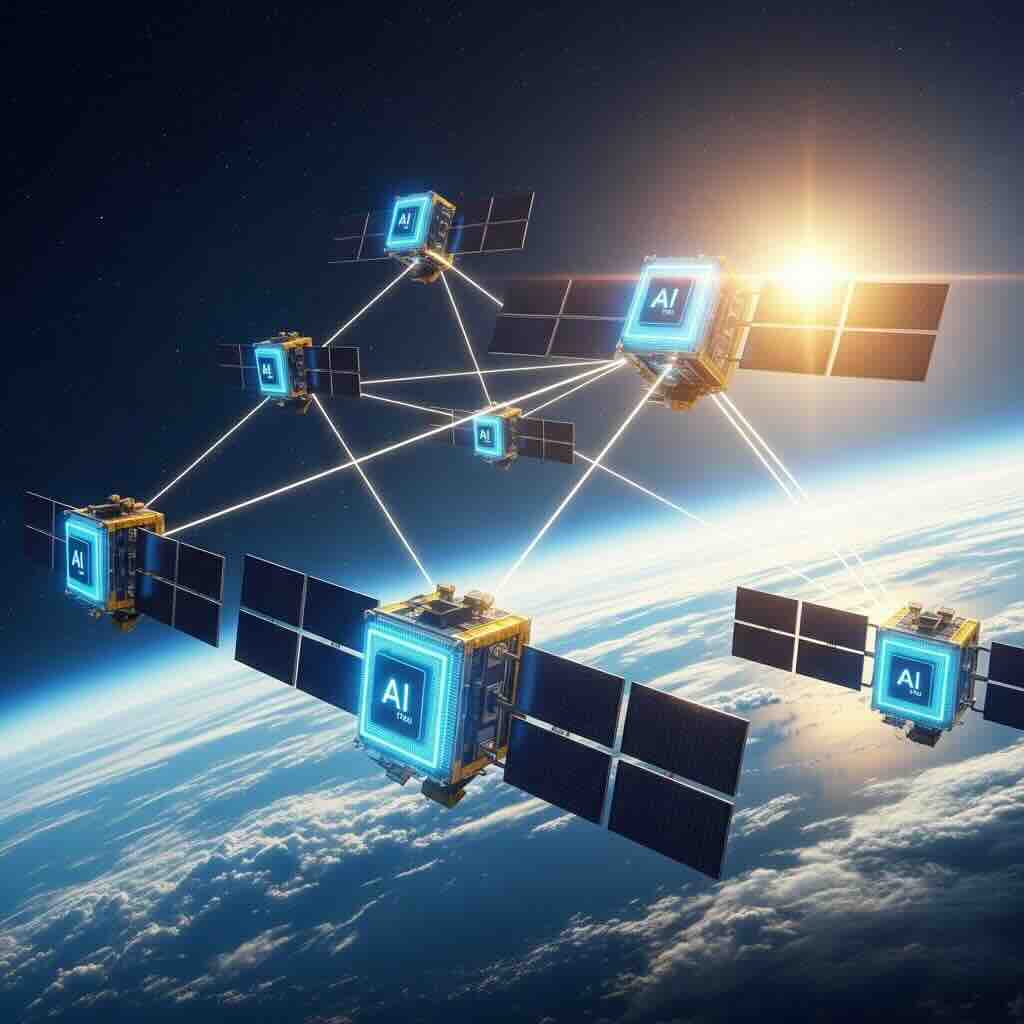
OpenAI and Amazon Web Services have signed a seven-year, $38 billion cloud computing partnership agreement, granting access to hundreds of thousands of Nvidia AI accelerator chips. All capacity is scheduled to be deployed by the end of 2026, marking a significant expansion of OpenAI's AI computing power while reducing its reliance on Microsoft.

YouTube introduces a revolutionary AI-powered super-resolution feature that will automatically upgrade videos below 1080p on the platform to high-definition quality, with plans to support 4K in the future. The technology is first deployed on the TV platform, and creators retain full control and can opt-out, with original files and resolutions preserved. This marks YouTube's 20th anniversary, using AI technology to inject new vitality into its vast historical content library, while also setting a new standard for content quality optimization in the streaming industry.

On October 28, 2025, at the Universe conference in San Francisco, GitHub launched Agent HQ, integrating AI agents from Anthropic, OpenAI, Google, and others. It achieves cross-platform collaboration through a unified Mission Control management center. The platform provides enterprise-level governance, code quality monitoring, and custom agent functionality, marking GitHub's transition from a single AI assistant to a multi-agent collaboration platform. With 180 million developers and 80% of new users using Copilot in their first week, Agent HQ will redefine AI-driven software development processes.

NVIDIA announced NVQLink technology at the GTC conference on October 28, 2025, an open system architecture connecting GPU computing and quantum processors. Supported by 17 quantum processor manufacturers, 5 controller manufacturers, and 9 U.S. National Laboratories, the technology aims to achieve quantum error correction and hybrid applications through low-latency, high-throughput connections, bringing breakthrough computing capabilities to fields such as chemistry and materials science.

- 1
- 2
- 3
- 4